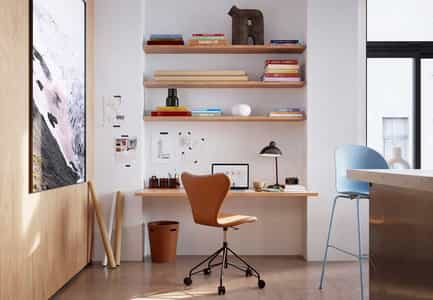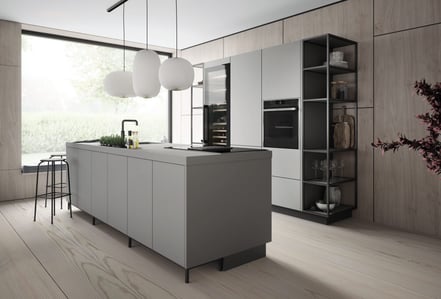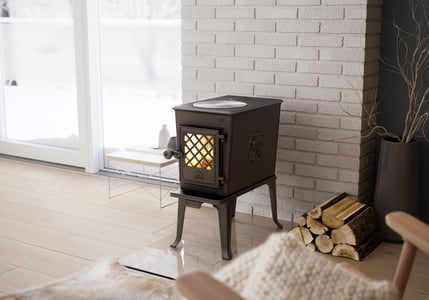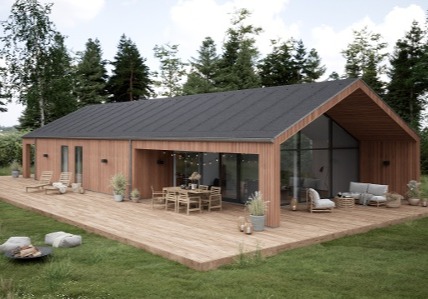If your range includes sofas, sectionals, systems, and sets that can be mixed and matched, showing the possibilities is hard. Static images cannot realistically cover every module or fabric, and long spec sheets rarely create much value. Sales spends time on one-off mockups, and shoppers struggle to picture the final setup.
Get ready to learn more about:
A 3D product configurator replaces guesswork with a clear, guided experience. Shoppers can assemble the piece, rotate it, swap modules, try fabrics and other materials, and see pricing adapt as they explore. The effect is simple to describe: Confidence rises, and it’s easy to make an informed decision when they can zoom, rotate, and try alternatives without help.
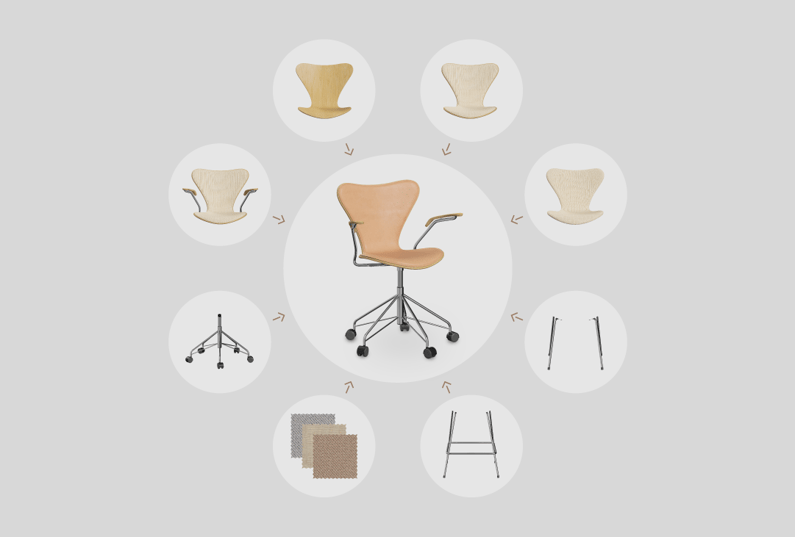
From website to showroom, one digital experience with two roles
Online, the 3D product configurator acts like a confident guide. Keep the steps short and predictable: depending on your product’s complexity, you can start the customers off with a best-selling preset, let them choose layout, choose materials, review price, then save or share.
In-store, the same tool becomes a means of understanding the customer’s needs, allowing specialists to provide guidance and expert advice. This setup can be anything from simple to elaborate.
You can display a computer screen or tablet, where the customer can use the configurator or find an existing project together with a specialist.
Or you can design a dedicated area with a large screen, labeled swatches, and clear wayfinding that invites people to sit down and continue their configuration. Staff can scan a fabric or finish and update the build on screen, then use AR to place the configured piece in a real room to judge scale.
Or we can help you find a solution somewhere in the middle that suits your and your customers’ needs.
Note: Don't think a hybrid product configurator only works for kitchens, as shown in the video below. This is a perfect way to inspire your customers with a digital tools combined with the tangible feel of product samples.
What makes a 3D product configurator great?
A strong configurator mirrors how your products actually work. Modules snap in place only where they should, dimensions validate automatically, and upholstery rules prevent impossible mixes. Those safeguards stay invisible to the shopper, yet they protect your brand and reduce costly rework. These rule sets are the foundation for modular tools, especially when ranges have multiple sizes, arm styles, legs, and add-ons.
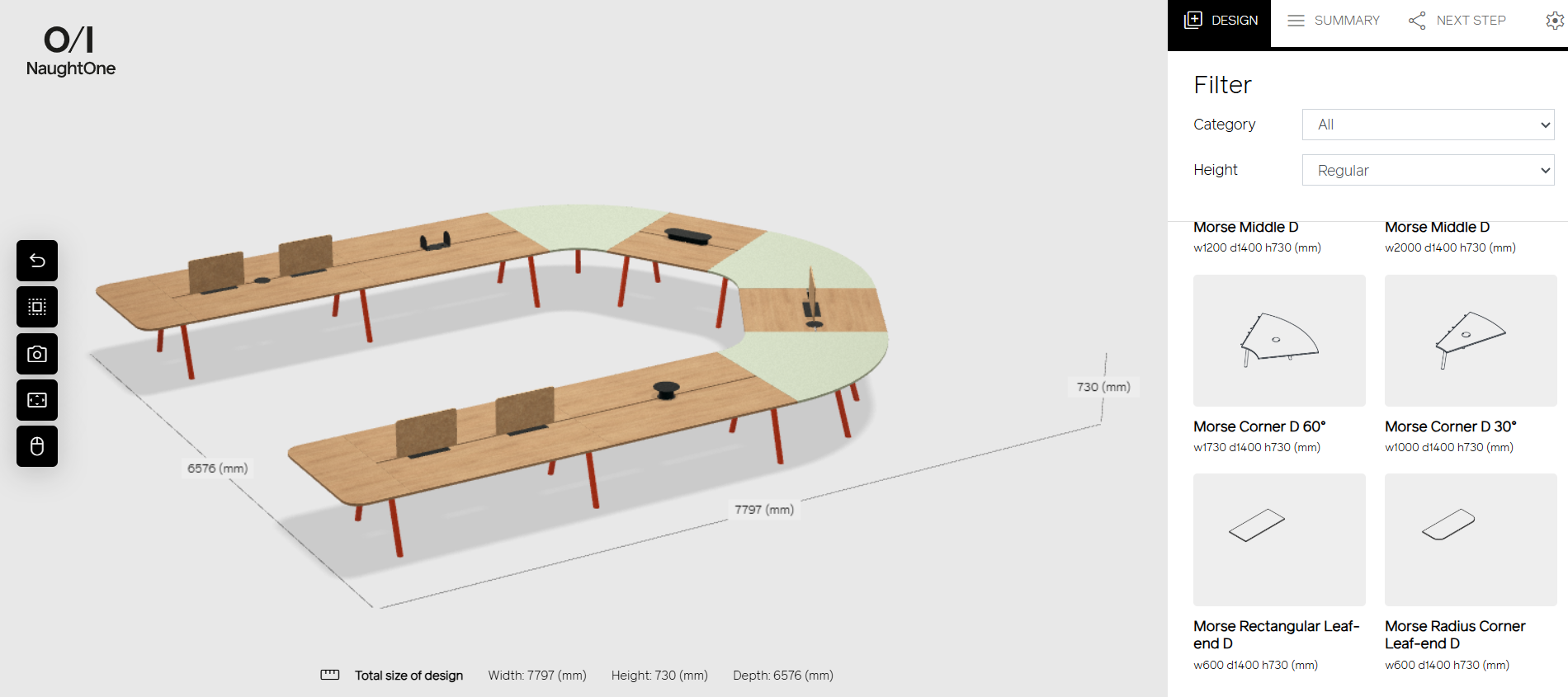
Visual quality matters just as much. Customers make material decisions with their eyes. Photoreal CGI and accurate material scans let fabrics, leathers, woods, and metals read as they do in real life, which builds trust. Once products and materials are digital, you can easily add new finishes, swap presets, and extend to new lines without the need for reshooting. That is how teams launch faster while maintaining brand standards.
The same digitized models and materials support your images, films, AR, and the configurator itself, ensuring everything stays on brand across all channels. This possibility of reuse and consistency is a key advantage of investing in a proper digital twin early.
How other brands succeed with product configurators
Product configurators are popular tools across various industries, including furniture, kitchen and bath, and building materials.
- NaughtOne has several 360 modular product configurators built on the same foundational framework, making it easy to scale with new furniture series. Learn about the many benefits for NaughtOne or try the configurators yourself.
- Vipp’s step-by-step kitchen configurator supports both research and in-shop sales. Try the solution.
- RAIS lets customers finalize a stove design online and then drop it into their home with AR to validate scale and style. Read the case study.
Each example shows the same pattern: clarity first, then confidence, then commitment.



